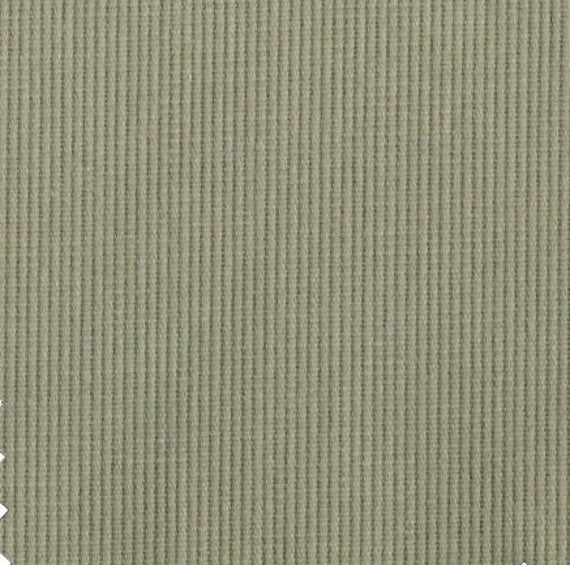Anti-Pill Fabric: History, Properties, Uses, Care, Where to Buy
 Don’t you just hate it when you wash your favorite cloth, and you see the abominating pill like fibers gathering on its surface and completely ruining the look of the cloth? You may not want to know this, but pilling occurs in low-quality fiber.
Don’t you just hate it when you wash your favorite cloth, and you see the abominating pill like fibers gathering on its surface and completely ruining the look of the cloth? You may not want to know this, but pilling occurs in low-quality fiber.
Do you want to get rid of those fluff balls piling on your clothes? Well, we would highly suggest the Anti-pill Fabric. This magical fabric resists the pilling of those little balls and protects your clothes from all the fluffiness.
You would feel them touching your thighs, rubbing your armpits, and itching like crazy. But the good news is that the textile industry found a solution to this and created the Anti-pill Fabric.
Do not think that anti-pill quality has anything to do with the density, resilience, thickness, or color of the fabric. It strictly refers to the ability of the fabric to resist pilling.
Table of Contents
History of Anti-pill Fabric
The exact date, when this fabric was invented, would be hard to track down in the textile industry’s timeline. Still, since it involves a significant change in the knitting and weaving technique, and the change in fibers (mostly incorporating synthetic fibers), we can assume that it was developed in a few decades ago.
Pilling has been a problem since the beginning; with fleece and wool, giant fluff balls would appear after the first wash. Though the designers and experts in the textile industry were fed-up with it very soon, significant changes were made much later.
Want to remove pill?
If you want to get rid of this nuisance now, from the clothes you have already purchased we would suggest employing the following methods as they have been said to be very useful:
- Shaving
- Brushing
- Singeing
- Adjust steam setting
Properties of Anti-pill Fabric
Anti-pilling:
As the name suggests, this fabric resists pilling better than any other Fabric. Though woven fabric has reduced pilling than the knitted fabrics, no matter what stitching technique used, this fabric resists pilling.
Durable:
This fabric is sturdy and heavy. It can undergo a lot of pressure and still not lose its original appearance. Its fibers have high tensile strength and don’t break.
High-Quality:
Like we mentioned earlier, only the ow quality fibers pill and create big fuzz balls. But This Fabric is of high-quality that doesn’t pill easily. This fabric is not a blend, and its fibers are knitted tightly, eliminating the chances of having any fluffy balls ruining your clothes.
Uses of Anti-pill Fabric
Knitted and Woven Fabrics:
The high-quality sweater, hoodies, hand-knitted mittens, gloves, and warm beanies are made exclusively from this fabric. They are quite expensive but are a one-time investment that lasts for many years and generations.
Decorative:
Many handcrafted decoratives are made from this fabric. They are fine and elegant, which are used as tablecloth made and even used to cover ornamentals and other precious accessories.
Furnishing and Covers:
This fabric is also used to make high-end bed throws, pillow covers, and robes that are a symbol of extravagance. This fine fabric exudes finesse and a certain grace. These items are also prone to pilling faster, so this fabric is used widely for furnishing purposes.
Caring for Anti-pill Fabric
Make sure you take good care of this fabric. Follow the instructions given on the tag. Don’t wash it excessively or squeeze it too tightly. Wash it in cold water with mild detergent and try to hang dry it rather than using heating devices.
This can be termed as the miracle fabric. It may be a slight exaggeration, but it does relieve you of the pilling stress.
Where to buy Anti-pill Fabric
We recommend buying Anti-pill fabric at https://amzn.to/4b6kxLB.






